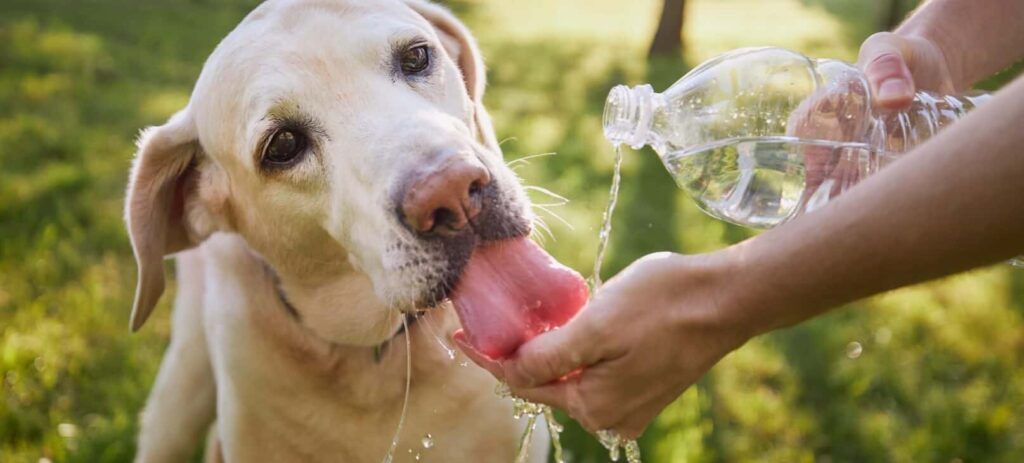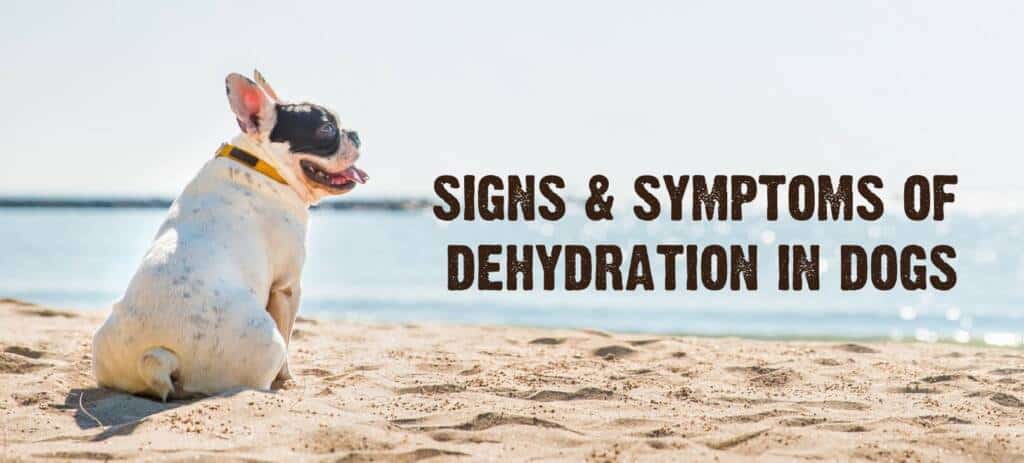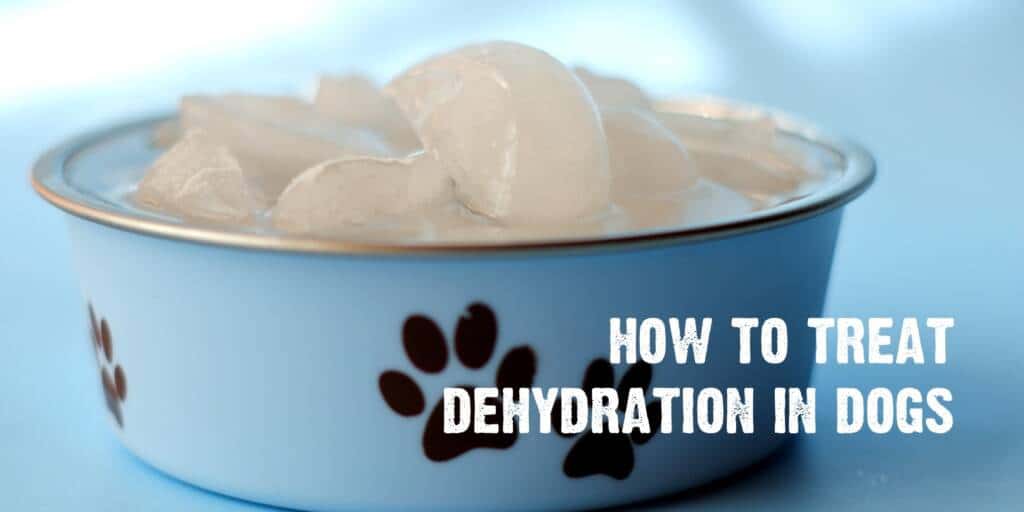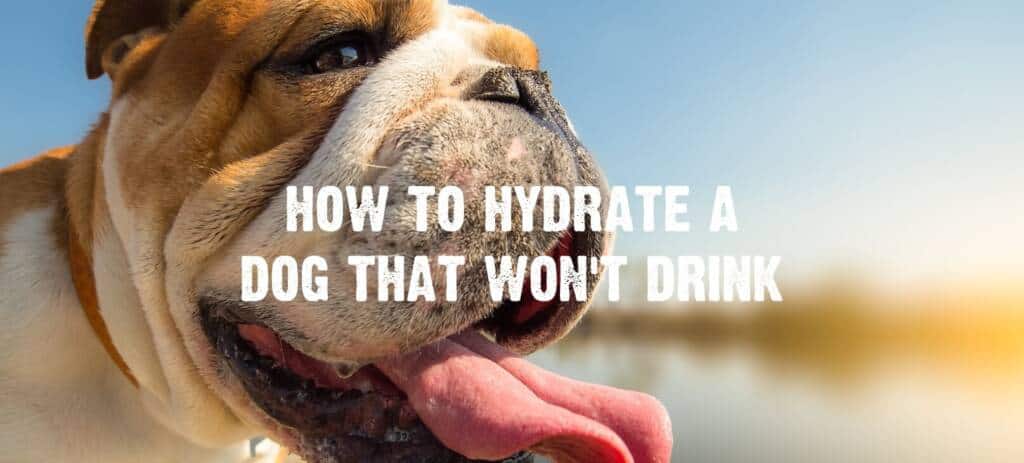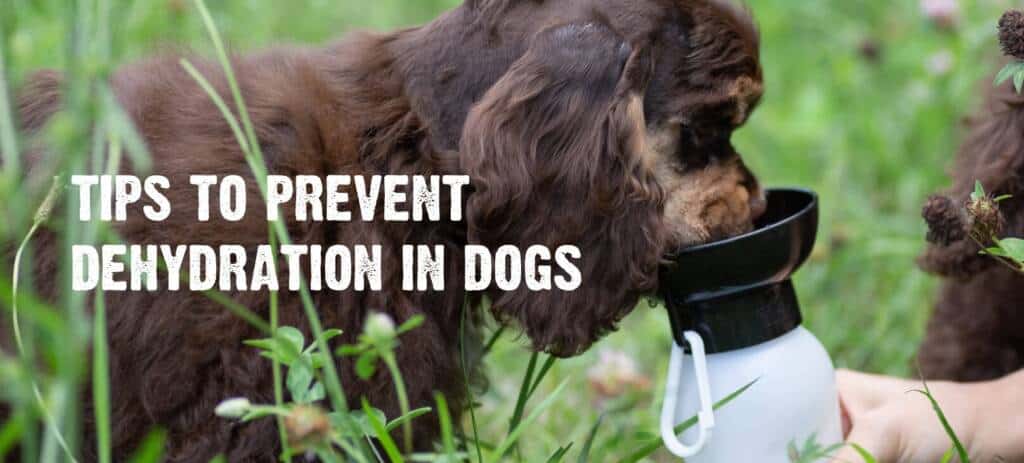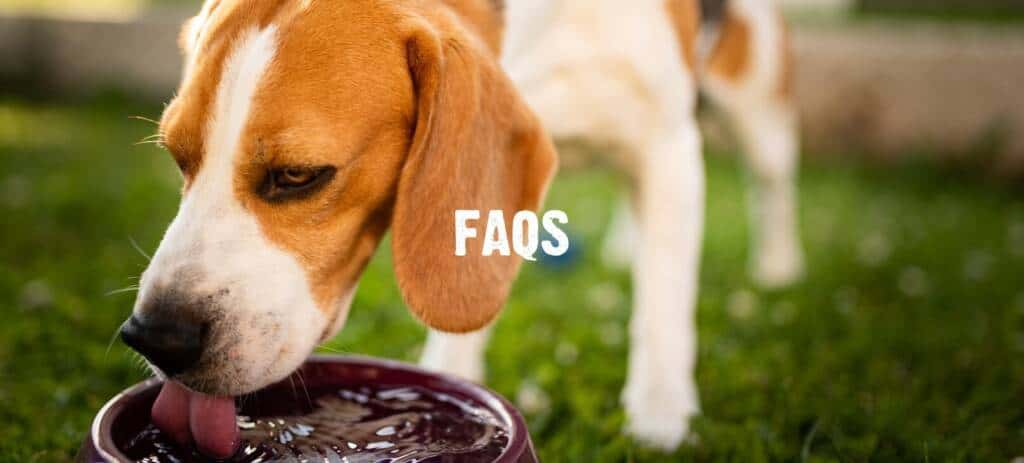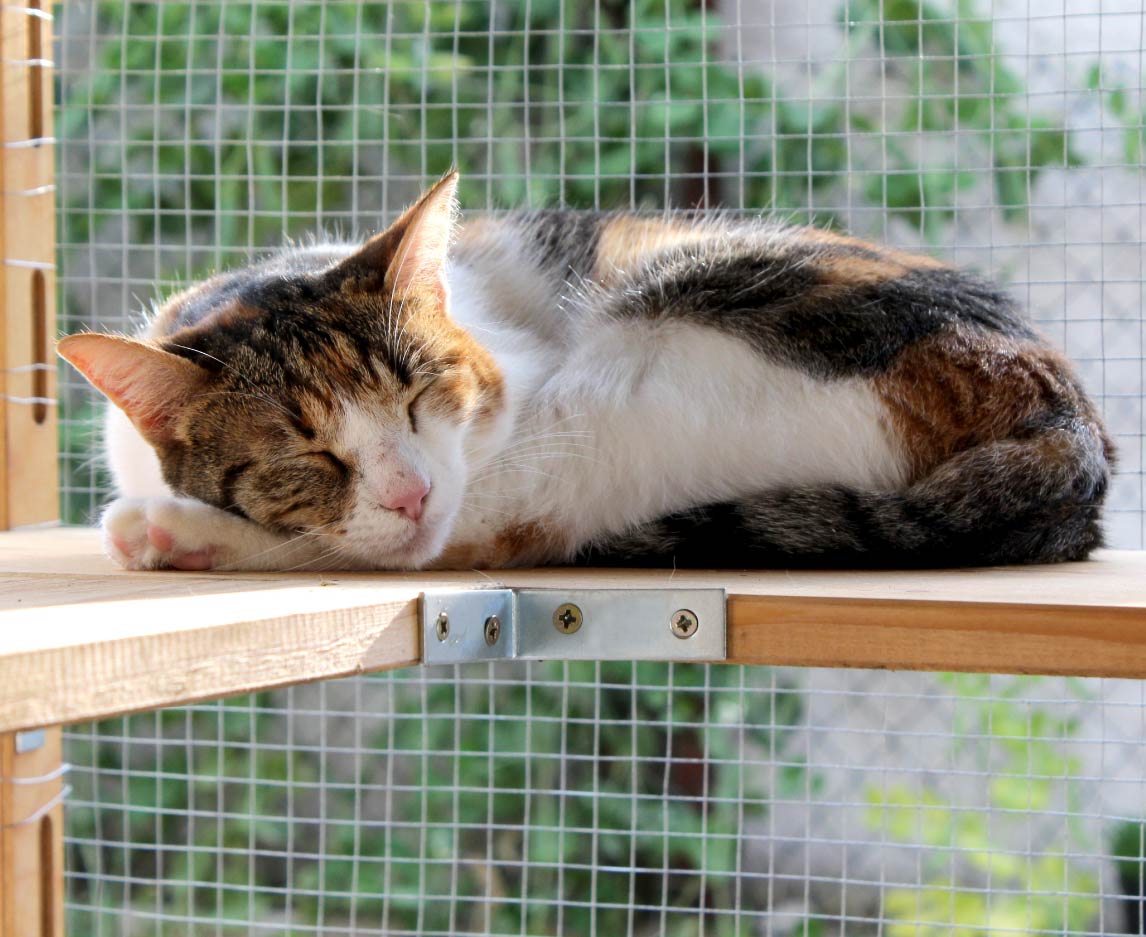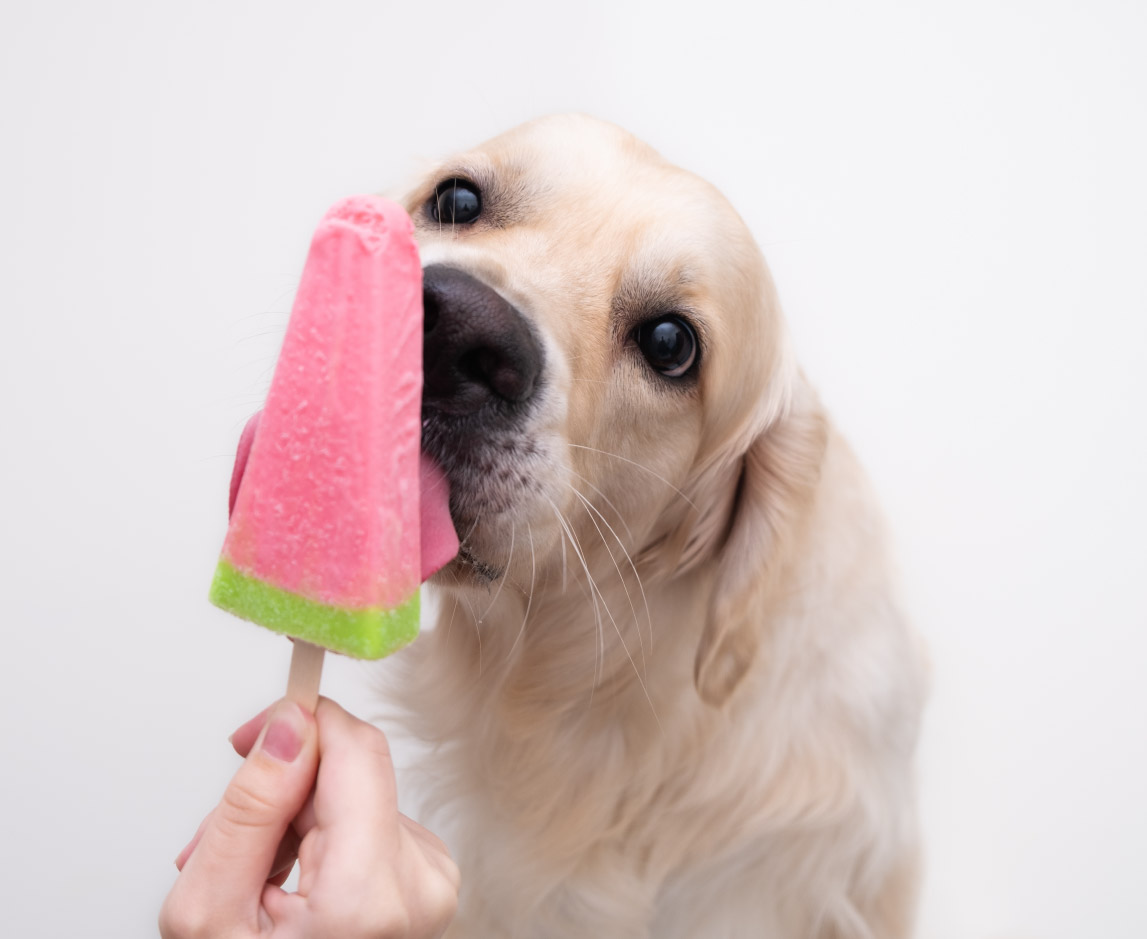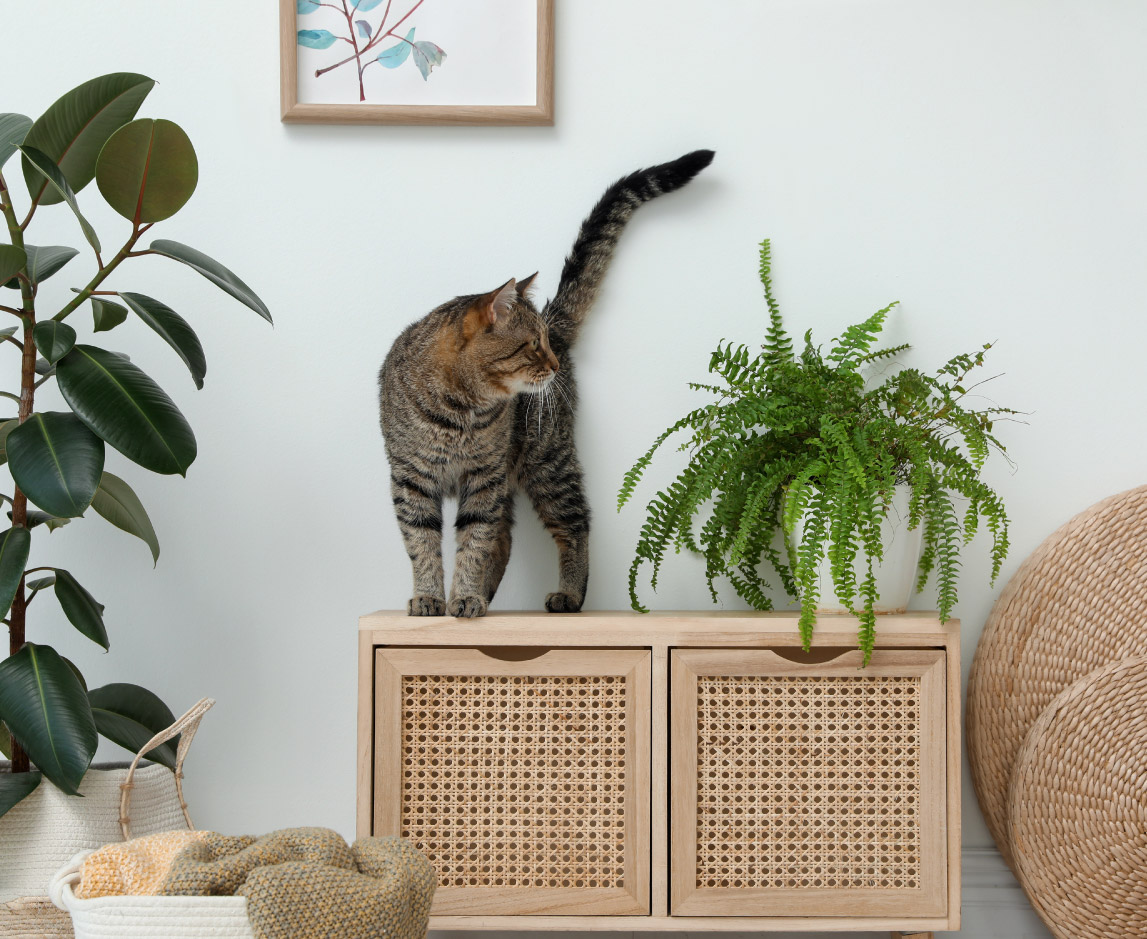Whether the dog days of summer are in full swing or it’s the thick of winter, your canine companion needs to stay hydrated all year long.
Just as with humans, there are signs of dehydration in dogs that you can look for to prevent serious health consequences.
So, go ahead! Enjoy all of the beloved activities you share with your pet – hit the hiking trails, lounge in the sunshine, romp through the snow.
But first, keep reading for tips about how to hydrate a dog that won't drink, how to treat dehydration in dogs at home and symptoms to watch for.
Causes of Dehydration in Dogs
In both humans and dogs, water plays an essential role in maintaining bodily functions. Without enough of it, the consequences can be severe — even fatal.
Dehydration occurs when the body uses water faster than it’s replaced. Any dog can become dehydrated, but senior dogs, puppies and nursing mothers are more prone to the condition due to their life phase (primarily activity level and organ function).
Common causes of dehydration in dogs include:
- Excessive fluid loss through panting, vomiting, diarrhea
- Exertion
- Heat exposure
- Fever
- Underlying health conditions such as diabetes, some types of cancer or kidney disease
10 Signs & Symptoms of Dehydration in Dogs
Your pet may not be able to verbalize when something is wrong, but there are certainly signs of dehydration in dogs to be on the lookout for. These physical and behavioral changes could indicate that something is wrong:
- Loss of appetite
- Dry nose
- Panting
- Lethargy
- Vomiting
- Diarrhea
- Dry eyes
- Lack of skin elasticity
- Thick saliva
- Dry gums
If you have immediate concerns about your dog’s well-being, it is always best to consult a veterinarian — ideally one who is familiar with your pet and knows their complete medical history.
How to Treat Dehydration in Dogs
There are various degrees of dehydration in dogs that each call for different responses. Severe dehydration (i.e., shock or heatstroke) requires immediate veterinary care. Your vet will most likely advise you to immediately give small amounts in an unforced way to begin the hydration process before administering fluids intravenously.
It is more realistic for mildly dehydrated dogs to be rehydrated at home. If they will not take water, veterinarians suggest providing a cube of ice for them to lick. The key is to start slow — canines often vomit when consuming water too rapidly, exacerbating the issue of dehydration.
In addition to water, restoring electrolyte balance is important to help crucial bodily functions, including proper nerve function, heart and skeletal muscle contraction and hydration status.
There are many dog electrolyte supplements readily available for purchase, but it’s best to consult a medical professional about what is best for your dog’s specific health needs.
How to Hydrate a Dog That Won't Drink
Dogs are typically good at staying well-hydrated on their own when clean, cool drinking water is readily available. However, as many dog owners can attest, each pet has a mind of its own. In a situation when a dog is not drinking enough, try the following:
- Provide more opportunities: Sometimes, simply placing additional water bowls around the house will encourage increased hydration. Unlike with food, some dogs won’t seek water until their thirst is extreme.
- Shift water bowl positioning: A dog may suddenly shy away from a drinking water station for any number of reasons. Whether they’ve been spooked, lost interest or just don't like a particular location in the house, oftentimes a new spot for the bowl can increase drinking.
- Change bowl: As with a hydration station’s location, a dog may increase water consumption with a simple change. The novelty factor of a new dish may be just the spark needed to increase hydration.
- Give the bowl a good scrub: As simple as it may sound, sometimes a thorough wash of the water dish is all it takes.
Tips to Prevent Dehydration in Dogs
Preventing dehydration in dogs is the most effective approach to ensure their well-being and avoid the need for dealing with it later on. To keep a dog well hydrated, consider the following:
- Limit exposure to excessive heat
- Restrict physical exertion in temperature extremes
- Watch for overexposure to the sun
- Monitor the dog’s water bowl to ensure a steady supply, and don’t forget to keep it clean!
Remember, dehydration can occur at any temperature after exertion or if not enough fluids are available to sustain ordinary bodily function.
FAQs
Q. How much water do dogs actually need?
A. Activity level, life stage, climate and moisture from food intake all contribute to how much water a dog needs to maintain healthy levels. A general rule for daily water consumption is that dogs should have an ounce of water per pound of body weight. For example, a 65 lb dog should have 65 oz. of water daily (about a half gallon).
Q. Why isn’t my dog drinking water?
A. A dog that doesn’t drink enough can have varied reasons for their diminished water consumption. Increased moisture intake from new food and treats, less fluid loss from exertion or changes in surrounding climate can be harmless. However, a reduction in water intake can be indicative of illness or pain, and getting a professional opinion may be a good idea.
Q. How do you treat dehydration in dogs at home?
A. If you have serious concerns about your dog’s condition, it is always best to take them to a licensed veterinarian for evaluation. However, ensuring access to clean, cool water at home is a good place to start. You can also try offering your dog an ice cube if you believe that it can be safely consumed.
As we know well, every dog is different. What works for one pet may not work for another. But it’s our job as pet parents to provide the best possible means for our companions to thrive. We work hard here at RAWZ to support that same goal. Try our fresh, minimally processed dog food to see the difference for yourself.


